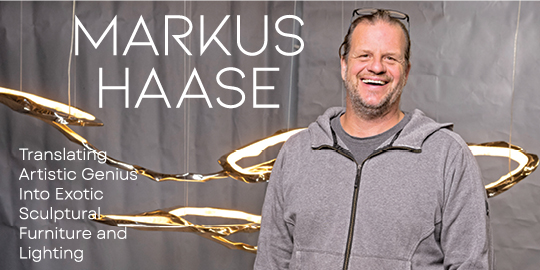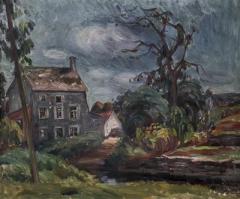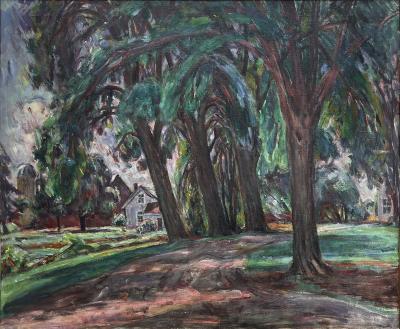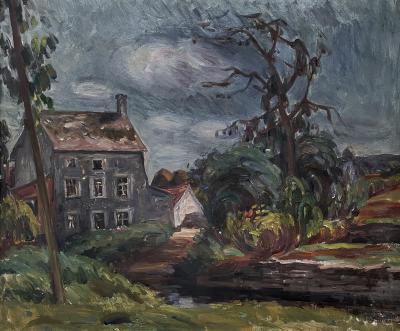- FINE ART
-
FURNITURE + LIGHTING
Shop By Category
Shop By Artist
- NEW + CUSTOM
- DECORATIVE ARTS
-
JEWELRY
Shop By Category
Shop By Artist
- INTERIORS
- MAGAZINE
Period
Location
Size
- Clear All
Louis Ritman
American, 1889 - 1963
The critical success that Louis Ritman enjoyed throughout his career can be attributed in large part to the sunny, Impressionistic canvases that he executed in Giverny during the 1910s. Like many other American artists of his time, Ritman traveled from his home in Chicago to Paris as soon as he could afford to pay for the trip. After studying at the Academie Julian, he was accepted into the prestigious Ecole des Beaux-Arts. However, it was at one of the legendary cafes in Paris that he became acquainted with Frederick Frieseke, who introduced Ritman to the artistic scene in Giverny.
In 1911, the small French town of Giverny was full of American artists who flocked there to paint the quaint area that was adorned with willow trees along the Epte, thatched cottages, and country gardens. It is no wonder that Ritman, "like so many others before him became enchanted with Giverny, which, more than any other place, seemed to possess a potent magic power to captivate Americans." (R.H. Love, Louis Ritman: From Chicago to Giverny, Chicago, Illinois, p. 151) Ritman's painting up to this point had been largely in an academic style. However, the atmosphere in Giverny was more informal than that of Paris, a scenario that led artists to feel more comfortable to experiment with various styles of painting, including Impressionism. Ritman's Giverny pictures combine an Impressionist style and palette with the American notion of intimism, with tremendous success.
While many of his counterparts were assiduously emulating the work of Claude Monet, the artistic patriarch of Giverny, Ritman chose a more subtle approach when painting the gardens of Giverny. His works were closely associated with "American intimism which was by contrast quiet, reserved, and above all, discreet, never outside the parameters of the genteel tradition." (Louis Ritman: From Chicago to Giverny, p. 155)
Biography courtesy of Roughton Galleries, www.antiquesandfineart.com/roughton
In 1911, the small French town of Giverny was full of American artists who flocked there to paint the quaint area that was adorned with willow trees along the Epte, thatched cottages, and country gardens. It is no wonder that Ritman, "like so many others before him became enchanted with Giverny, which, more than any other place, seemed to possess a potent magic power to captivate Americans." (R.H. Love, Louis Ritman: From Chicago to Giverny, Chicago, Illinois, p. 151) Ritman's painting up to this point had been largely in an academic style. However, the atmosphere in Giverny was more informal than that of Paris, a scenario that led artists to feel more comfortable to experiment with various styles of painting, including Impressionism. Ritman's Giverny pictures combine an Impressionist style and palette with the American notion of intimism, with tremendous success.
While many of his counterparts were assiduously emulating the work of Claude Monet, the artistic patriarch of Giverny, Ritman chose a more subtle approach when painting the gardens of Giverny. His works were closely associated with "American intimism which was by contrast quiet, reserved, and above all, discreet, never outside the parameters of the genteel tradition." (Louis Ritman: From Chicago to Giverny, p. 155)
Biography courtesy of Roughton Galleries, www.antiquesandfineart.com/roughton
